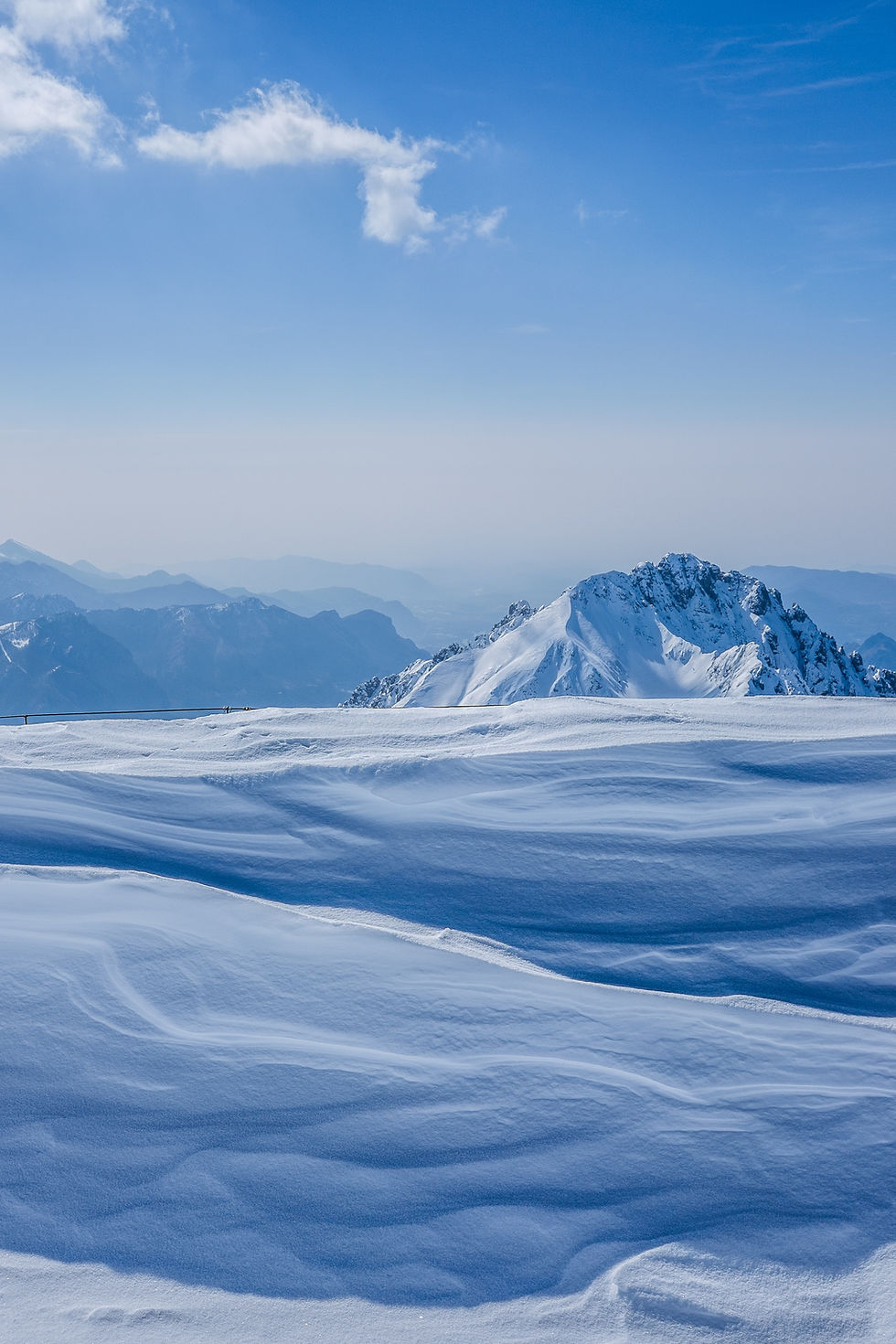
What is the Arctic biome?
The Arctic biome encompasses the northernmost region of our planet. Scientists describe an imaginary circle that surrounds this region and term it the “Arctic circle”. This region includes parts of eight countries –Canada, Greenland, Iceland, Norway, Finland, Sweden, Russia and the United States. These different regions possess glorious diverse culture and astounding products of nature.
The average temperature range of the Arctic biome is -30º F ( -34º C). Temperature as low as -70º C (-94º F) has been recorded in north Greenland! The average summer temperature range is 37º F (3ºC). In the summer, the temperature can go as high as 54º F (12ºC).
The frozen ice sheets of the Arctic biome contain about 10% of world’s fresh water. The humongous expanse of this frozen landscape reflects the sunlight and keeps the region cool year-round. This helps keep the global climate stable. The whole of the Arctic biome is about 5.5 to 6.4 million square miles (14.2-16.6 square kilometers)
Let’s now talk about the wildlife in this unique region!

Arctic Flora
The Arctic tundra biome is very cold, windy, and treeless with scant rainfall. The tundra is covered with snow for much of the year, but the summer brings a deluge of brilliantly colored wildflowers. Despite cold temperatures, permafrost, and short growing seasons, vascular and nonvascular plants, algae, fungi, and lichens are found in both the Arctic and Antarctic tundra regions.
About 1,700 species of plants live in the Arctic tundra. This includes flowering plants, herbs, dwarf shrubs, grasses, moss, and lichen. The Arctic tundra harbors permafrost, a layer of soil, and decomposed organic matter, all year round. In such conditions only shallow root plants, about less than an inch (about few cms) can grow. Larger plants with deep roots, like the trees, cannot grow here. Besides moss and lichen, some of the plants are Pasque flower, purple saxifrage, Arctic willow, Bearberry, Cottongrass, and Arctic poppy.

Arctic Fauna
The enchanting Arctic biome is also home to spectacular terrestrial and marine mammals, including the grizzly bear, polar bear, Arctic fox, reindeer (caribou), wolf, and wolverine, as well as the beluga whale, bowhead whale, walrus, and several species of seals. Among the birds, the Arctic owl is an iconic avian predator of the region.



Global warming is the biggest threat to this vast ice biome. All of its wildlife, especially the polar bear is threatened. Scientists are monitoring the condition judiciously. But the future does not look good. Sad indeed.
Did You Know?
§ Permafrost is a permanently frozen layer on or under Earth's surface. It consists of soil, gravel, and sand, usually bound together by ice. Permafrost usually remains at or below 32ºF (0°C) for at least two years. Permafrost can be found on land and below the ocean floor
§ Vascular plants are those plants which have specialized tissues for the transport of water, minerals, and food. Some examples of such plants are trees, shrubs, fern, and flowering plants. Nonvascular plants lack roots, stems, and leaves. Moss is an example of nonvascular plant. Although nonvascular, lichen is not a plant. It is composed of algae and fungus. The fungus composition gets water and nutrients from its surroundings, while the algae uses photosynthesis to produce food.
Want to save the Arctic? Shop the products below!
100% year-end profits donated to wildlife conservation groups and schools. You can also support our mission by donating any amount!
Comments